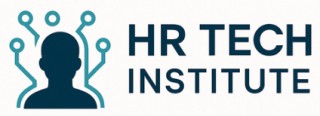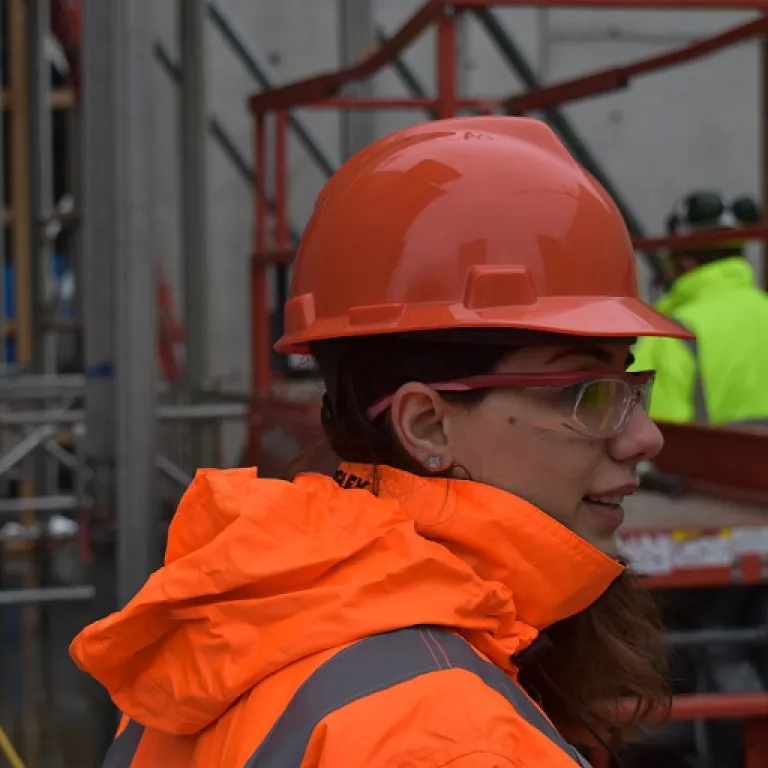
Understanding Talent Applications
Decoding the Landscape of Talent Applications
The domain of talent applications has evolved substantially, reshaping how individuals pursue opportunities in the entertainment industry and beyond. Once characterized by manual submissions and paper trails, the process of applying today has been transformed through digital platforms. Understanding these shifts is essential for anyone looking to leverage talent services effectively.
Today's talent application process is designed to cater to a wide array of industries, extending its reach into modeling, acting, and beyond. Whether you're pursuing a career in biotech or filmmaking, the underlying principles remain consistent. The desire to streamline processes and enhance user experience is a common thread across sectors. While earlier applications relied heavily on in-person auditions and extensive portfolios, modern systems bring convenience and accessibility, allowing candidates to apply today with just a few clicks.
These systems are not without complexity. In essence, automated talent applications are intricate digital ecosystems. Candidates often navigate multiple layers of privacy policy, contact protocols, and data rights to ensure their information is used appropriately. Many platforms implement advanced filtering methods to better match talent to openings, albeit sometimes complicating the application process. Explore more about how these systems influence the job search here.
Furthermore, it's not just about uploading a resume or portfolio. Experience and learnings inform how candidates should tailor applications to align with an organization's specific demands, a crucial aspect many may overlook. Understanding these expectations boosts the chances of standing out and being considered favorably.
For talent looking to traverse this evolving landscape, it's vital to remain informed about industry standards and trends, to follow best practices, and to keep abreast of emerging technologies that could shape the future of talent applications.
The Role of AI in Talent Applications
AI's Influence on the Application Process
The realm of talent applications has evolved exponentially with the integration of artificial intelligence (AI). This powerful technology reshapes how industries, especially in entertainment and modeling, approach the talent acquisition process. Modern talent applications harness AI to enhance the efficiency and accuracy of both applying and selection phases. AI-driven tools sift through vast amounts of data, analyzing patterns to identify candidates who align closely with the required skills and experience. Such applications utilize AI algorithms to match applicants with positions they are most suited for, ensuring a seamless transaction for the company and the individual. This not only streamlines the application process but significantly reduces the time teams spend on manual review of applications, thereby optimizing workflow. Moreover, AI supports the development of bias-free application processes. By focusing solely on the applicant's qualifications, these tools minimize the risk of subjective biases skewing hiring decisions. This encourages diverse and inclusive talent acquisition strategies, which are essential in today’s competitive work environments. However, it is crucial for businesses to adhere to strict privacy policies and ensure data security when implementing AI in their talent application systems. Upholding a robust privacy policy guarantees that applicants' information is safe, maintaining the trust and integrity of the process. Understanding the costs involved in hiring and integrating such technologies is a vital step, and resources such as understanding the costs involved in hiring a recruiter provide invaluable insights. AI’s integration into talent applications offers a glimpse into a future where applications are not just processed but understood and optimized, marking a distinct shift from traditional methods.Challenges in Talent Applications
Overcoming the Obstacles in Talent Applications
In the evolving talent landscape of today, navigating the intricate processes of talent applications often involves maneuvering through a series of unique challenges. As organizations work to attract and retain top talent, understanding these hurdles is critical to optimizing your application processes. Here are some of the primary challenges you might face:
- Balancing Automation with Personalization: With AI playing an increasingly significant role in the talent domain, striking the right balance between automated processes and the personal touch is crucial. While AI solutions can speed up the application process, maintaining a human connection in communications ensures candidates feel valued and respected. This personalization can enhance the overall candidate experience.
- Data Privacy Concerns: The integration of digital and AI technologies in the talent application process raises significant questions about data privacy. Ensuring compliance with privacy policy guidelines and protecting candidate information is not merely a regulatory obligation but also a trust-building measure. Organizations need to clearly communicate their data practices, explaining how they use and protect applicant data.
- Navigating Complex Systems: As enterprises adopt more comprehensive HR tech systems, integrating talent applications can become complex. Often, disparate systems may lead to inefficiencies or data silos, hindering the seamless flow of information. Maintaining compatibility and ensuring systems speak the same language can aid in overcoming these challenges.
- Bias Elimination: Despite advancements, bias in talent applications remains a persistent issue. Leveraging technology to flag potential biases while ensuring the inclusion of diverse talent is pivotal. Developing a process that consciously addresses and mitigates biases can create a more equitable talent landscape.
For organizations striving to exceed expectations in the entertainment industry or any other sector, overcoming these challenges is key to crafting a more efficient talent application process. The effective integration of human resources technology and an empathetic approach towards applicants can aid in refining these processes significantly. For further insights on improving your team’s performance, explore the examples of exceeding expectations at work to learn practical strategies.
Optimizing Your Talent Application Process
Simplifying the Road to Success
Navigating the talent application landscape can be a daunting task, but there are several strategies you can implement to streamline the process for your organization. The most crucial step is to ensure that your application process is straightforward and user-friendly. This means candidates, whether they're pursuing careers in the entertainment industry, modeling, acting jobs, or other sectors, should find it easy to apply today. A complex or convoluted process can deter even the most qualified talent from completing their application. Therefore, focus on creating a seamless experience. Here are some tips to facilitate the journey:- Leverage Technology: Utilize technology that aligns with the current standards in the talent services industry. An efficient applicant tracking system (ATS) will not only simplify the sorting and screening of applications but also maintain compliance with privacy policy and reserved rights.
- Transparent Communication: Clearly communicate the steps in the hiring process and what candidates can expect after they apply. This transparency helps in maintaining a positive relationship and encourages more applicants to follow through with the talent application.
- Tailored Experience: Customize the application process to focus on the necessary skills and experiences relevant to the position. Avoid generic questions that do not add value and make sure to gather insights pertinent to the specific role, whether it's in modeling or acting.
- Feedback Mechanisms: Implement feedback channels where candidates can offer insights into their experience with the application process. This information is invaluable for refining and optimizing your system.
Integrating Talent Applications with Other HR Systems
Enhancing Connectivity with Other Systems
Integrating talent applications with other HR systems is crucial in streamlining the overall application process. In today's fast-paced industry, organizations need seamless connectivity between their talent services and the main content of HR infrastructures to optimize operations. Here are some aspects to consider:- Data Synchronization: Ensuring that your talent applications software communicates effectively with your existing HR systems aids in maintaining up-to-date records and improves accuracy. This can simplify tracking and responding to applicants applying for various roles, from modeling acting to broader industry opportunities.
- User Experience: A unified interface provides a smoother experience for both the HR team and the applicants. When talent application processes interact effortlessly with HR platforms, it eases navigation and reduces errors, allowing applicants to apply today without confusion.
- Privacy and Compliance: The integration must respect the privacy policy and rights reserved, ensuring that the data protection measures align with industry standards for safeguarding sensitive information.
- Efficiency and Innovation: By integrating your talent applications with automation tools and AI technologies referenced previously, HR teams can revolutionize their processes. It supports a more proactive approach in managing applications talent, retaining experience, and nurturing relationships with potential hires.
- Collaboration and Communication: Encouraging collaboration between systems fosters better communication across teams involved in the application process. This leads to more informed decision-making and leverages the full potential of your workforce strategies.
Future Trends in Talent Applications
Propelling Forward: What to Expect in Talent Applications
The constantly evolving landscape of talent applications is an indication of the dynamic nature of the industry. As organizations strive to stay competitive, there are several trends and shifts shaping the future of talent applications.- Increased Adoption of AI and Automation: As we have explored earlier, Artificial Intelligence continues to play a significant role in streamlining many aspects of the talent application process. Expect more sophisticated AI-driven tools to further refine and enhance talent matching and engagement.
- Enhanced Candidate Experience: With a focus on improving candidate experience, many organizations are likely to employ more user-friendly and interactive systems. By integrating seamless interfaces, applications talent systems aim to guide candidates effortlessly through the application journey.
- Integration with Comprehensive HR Suites: The close integration of talent applications with broader HR systems will ensure a more cohesive workflow for HR teams. This harmonization will make it easier for teams to apply today’s best practices across various domains of their work, leading to greater efficiency.
- Focus on Data Privacy and Compliance: With legislators tightening the reins on data privacy, organizations are prompted to revise their privacy policies. Recruitment platforms, therefore, need to enhance their compliance measures to assure applicants that their rights are respected and reserved.
- Rise of Niche Platforms: As demands diversify across industries such as modeling acting and the entertainment industry, more niche platforms are emerging, offering tailored talent services that cater to specific needs. This trend points to an increasingly segmented approach where organizations can connect with talent that precisely fits their unique requirements.













